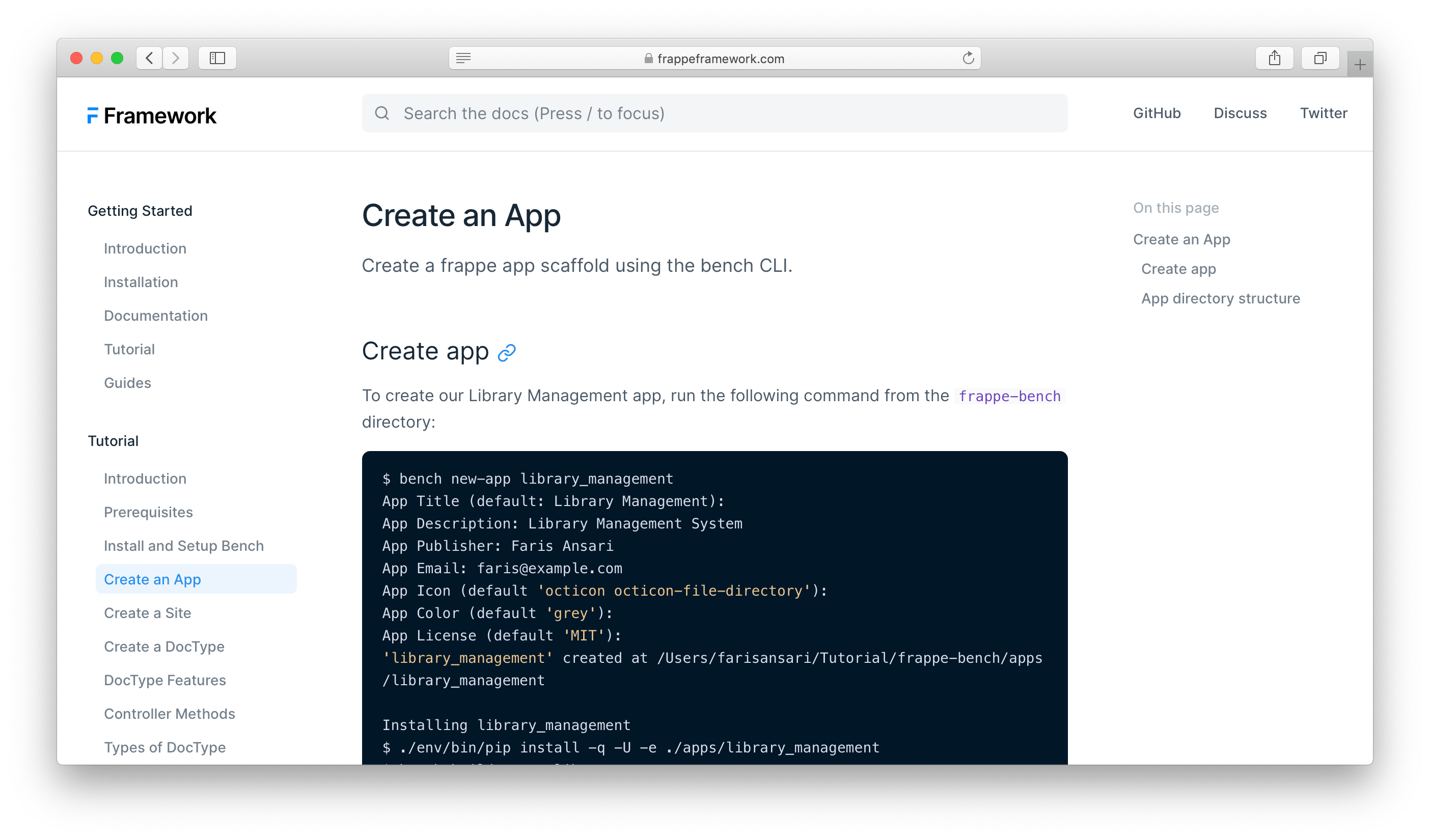ERPNext for Hospitals and Clinics: A Modern Tool for a Modern World
Table of Content
Managing a hospital or a clinic isn’t that easy. There’s always chaos lurking around the corner. Between scheduling appointments, managing patient records, handling inventory, and ensuring financial stability, you’ve got a full plate. ERP systems promise to bring order to this chaos, but they usually come with eye-watering price tags and layers of unnecessary complexity.
For small clinics and mid-sized hospitals, ERPNext offers a breath of fresh air. It’s a comprehensive, open-source ERP solution that can handle healthcare management with grace. But just like any tool, it needs careful handling — especially when it comes to data security and user management. Let’s break down why ERPNext is a great fit for healthcare facilities, and where you need to be cautious.

An All-In-One Healthcare ERP That’s Actually Affordable
Most ERP solutions are tailored for massive organizations with massive budgets. If you’re running a small clinic or a mid-sized hospital, those solutions can feel like using a sledgehammer to crack a nut. ERPNext, on the other hand, is like having the right-sized toolbox. It offers all the features you need, without the bloat.
1. Comprehensive Features for Healthcare
ERPNext’s healthcare module covers everything you need:
- Patient Management: Register patients, manage appointments, and maintain detailed medical histories.
- Consultation & Clinical Management: Record diagnoses, prescriptions, and consultation notes.
- Inpatient Management: Handle admissions, discharges, and transfers (ADT), along with bed management.
- Laboratory & Radiology: Order tests, track lab results, and integrate diagnostics seamlessly.
- Billing & Invoicing: Streamlined billing for consultations, procedures, and pharmacy sales.
Forget juggling multiple software tools or drowning in spreadsheets. ERPNext consolidates it all under one system, making your workflow smooth and efficient.
2. Inventory, HR, and Accounting in One Place
Beyond patient care, ERPNext integrates other crucial areas:
- Inventory Management: Track medical supplies, pharmaceuticals, and equipment.
- HR & Payroll: Manage staff records, attendance, and payroll.
- Accounting: Full-fledged financial management without needing an extra tool.
This integrated approach keeps your entire operation connected, reducing headaches and improving efficiency.

3. Customizable and Open-Source
ERPNext’s open-source nature means you’re free to customize it however you see fit. Need a specific workflow for lab results? Want to tweak how billing works? Go ahead. You’re not locked into a rigid system.
And because it’s open-source, you’re not draining your budget on expensive licenses. Yes, you’ll need to invest in setup and customization, but that’s still far more affordable than most proprietary systems.
But There Are Catches: Handle With Care
Of course, ERPNext isn’t a magic wand. As with any healthcare software, there are critical areas where you need to tread carefully.
1. Data Security is Non-Negotiable
Healthcare data is some of the most sensitive information out there. ERPNext can meet standards like HIPAA, but only if you implement the right security measures.
Encryption, regular backups, and proper server security are essential. If you’re not confident in handling this yourself, hire someone who is. One slip-up could cost you dearly.
2. Role-Based Access Control (RBAC)
Not everyone needs to see everything. ERPNext lets you control access based on roles. The receptionist doesn’t need lab results. The pharmacist doesn’t need financial data. Set up roles properly to protect patient privacy and maintain order.
3. Training Matters
ERPNext is user-friendly, but it still requires training. Your staff needs to know how to log data, manage workflows, and solve minor issues. Roll it out in phases, train your team, and expand gradually. Rushing it will only lead to frustration and errors.
Is ERPNext the Right Choice?
For small clinics and mid-sized hospitals, ERPNext offers a lot of bang for your buck. It’s flexible, affordable, and packed with features. But it’s not a plug-and-play solution. You need to manage data carefully, set up user roles properly, and ensure your team knows how to use it.
In a world where bloated, overpriced ERP systems dominate, ERPNext is a refreshing alternative. Treat it with care, and it could become the heart of your healthcare operations.
Want to learn more about ERPNext’s healthcare features? Check out the official documentation.











